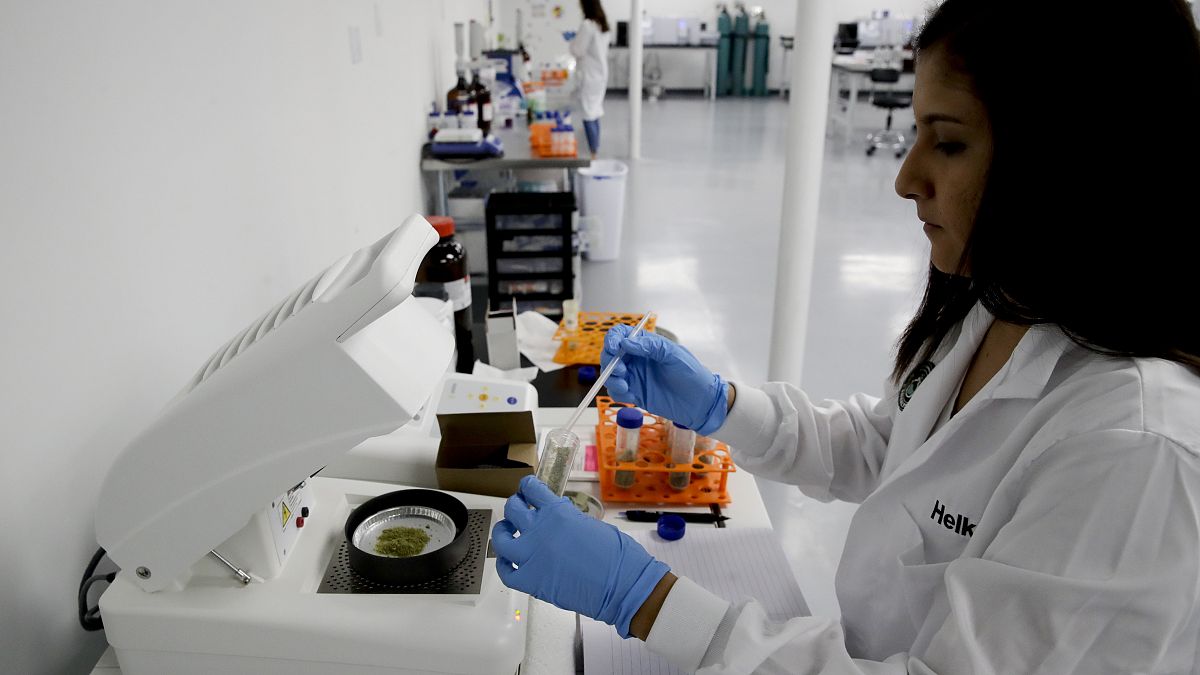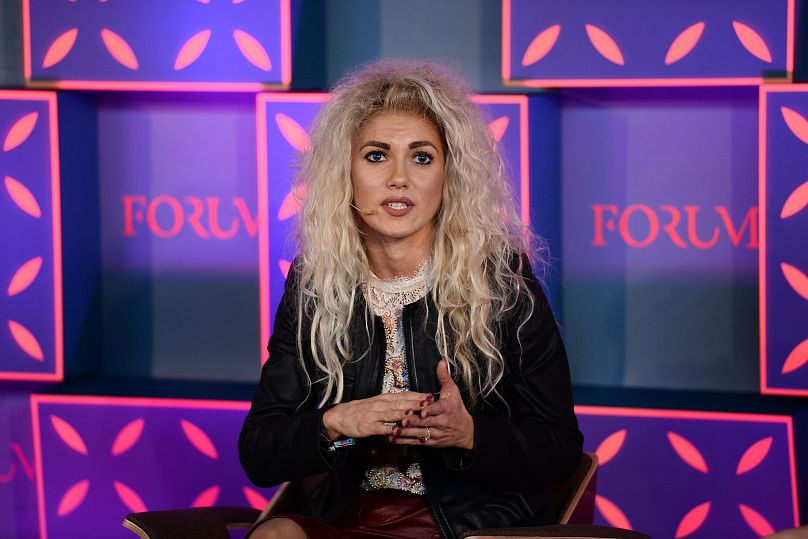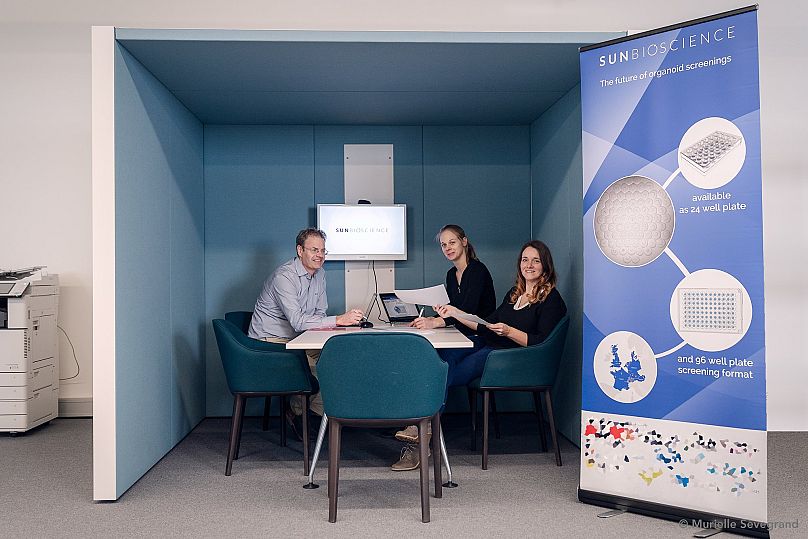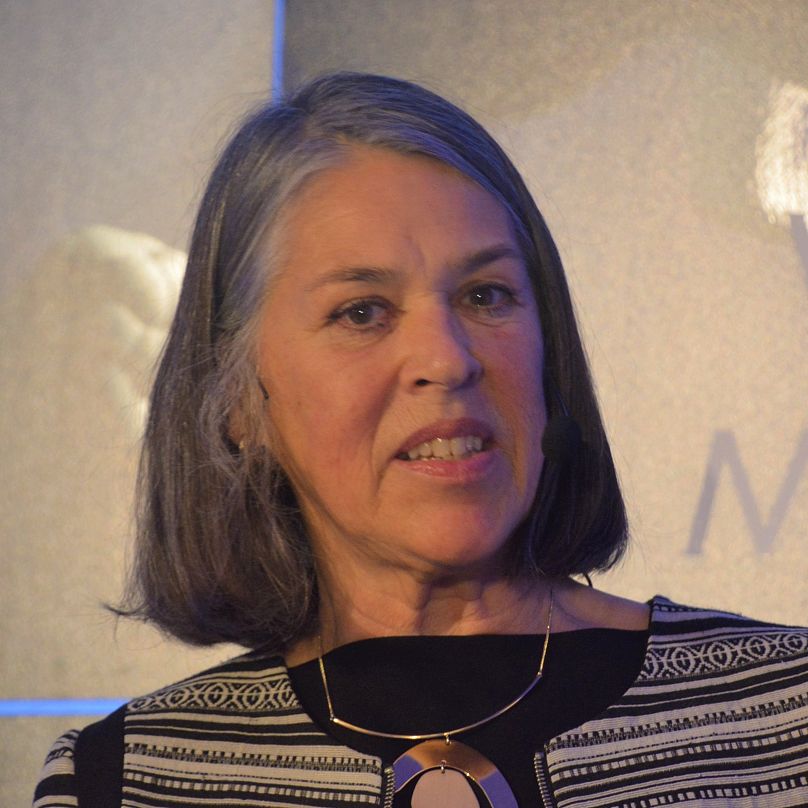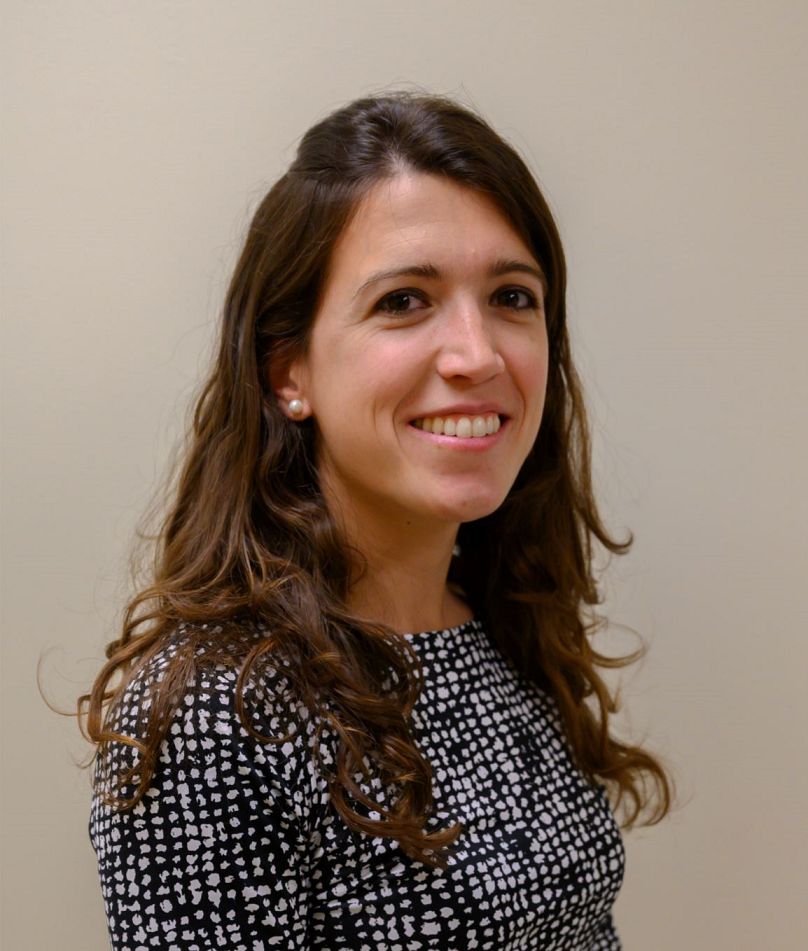To mark International Women and Girls in Science Day Euronews has taken a look at six women in science and technology that are making a difference today.
"Science is not a boy's game, it's not a girl's game. It's everyone's game," said Nichelle Nichols, the actress who played communication expert Nyota Uhura in Star Trek: The Original Series television show in the 1960s.
This statement reverberates even louder today, 11 February, which is International Day of Women and Girls in Science. It was designed to "recognise the critical role women and girls play in science and technology".
Data shows only 28 per cent of scientific researchers worldwide are women, and that “only 30 per cent of all female students select science, technology, engineering or mathematics-related fields in higher education”.
But there are moves to try and change this. António Guterres, Secretary-General of the United Nations — whose general assembly voted in 2015 to introduce the awareness day — said a gender gap was holding science back.
“To rise to the challenges of the 21st century, we need to harness our full potential," he said. "That requires dismantling gender stereotypes. It means supporting the careers of women scientists and researchers."
To mark the day, Euronews has taken a look at six women in science and technology that are making a difference today.
Kristina Tsvetanova
Bulgarian-born and Austrian-based Kristina Tsvetanova has an academic background in Industrial Engineering and is the co-founder & CEO of BLITAB Technology.
She helped create the BLITAB, the first-ever Braille tablet for the blind and visually impaired.
As reported on the company’s website, the mobile device uses an in-house developed technology that “creates tactile text and graphics in real-time”.
How exactly does BLITAB convert documents into Braille text? The tablet's screen is composed of little smart dots (also known as "tixels") that raise from the surface when a text appears and fall down as soon as the text changes.
Enass Abo-Hamed
Palestinian chemical engineer Enass Abo-Hamed completed her PhD at Cambridge University and currently serves as a technology expert consultant and Royal Academy of Engineering Enterprise Fellow to the Research Executive Agency (REA) of the European Commission.
She is the co-founder and CEO of the British clean tech company H2GO Power, which offers zero-emission, low-cost hydrogen energy production and storage to communities who have no access to electricity.
H2GO Power's mission is to “provide clean, reliable power from renewable sources that meets decarbonization targets fast, bringing profitable social impact to millions across the world.”
Sylke Hoehnel and Nathalie Brandenberg
The pair met at the Swiss Federal Institute of Technology in Lausanne and co-founded in 2016 their biotech company SUN Bioscience.
The two scientists developed a medical robotic technology named Gri3D designed to standardise the culture of organoids - namely the production of three-dimensional clusters of cells that develop into miniature organs.
The use of Gri3D allows to obtain a clearer screening of the organoids and hence facilitates the personalisation of treatment for patients.
Petra Wadström
Swedish bio-medical researcher and artist Petra Wadström invented Solvatten, a technology capable of purifying and heating up to 75°C water through the use of solar energy.
The device, which resembles a Jerry can, is composed of two units that contain up to five litres of water each and is activated by placing it under direct sunlight. The heat and UV light will clear the dirty water from pathogenic material between 2 and 6 hours.
Ester Caffarel-Salvador
Ester Caffarel-Salvador is a Spanish biotechnologist and research affiliate at the Laboratory of Prof. Robert Langer at the Massachusetts Institute of Technology (MIT).
Before moving to the United States, she studied in Spain, in Italy and in Northern Ireland, where she obtained her PhD in Pharmacy from Queen's University Belfast.
Caffarel-Salvador has designed an insulin pill that delivers the drug orally. This innovative capsule cannot be degraded within the gastrointestinal tract and allows diabetic patients to avoid needles and painful injection procedures.
